
Within the Beauchamp Tower
Skip the event ticket details and go to event summary.
When
OpenWhere
This permanent exhibition is located in the Beauchamp Tower.
Ticketing information
Included in palace admission (Members go free)
Buy Tower of London ticketsLearn why people ended up as prisoners in the Tower of London, in the very rooms where some of them were held.
'Take him to the Tower!'
The Tower of London's history as a state prison has captured the public's imagination for centuries. For many, the Tower evokes images of grim underground dungeons, but the real experiences of Tower inmates ranged hugely.
While some prisoners languished in gloomy cells, others could move freely within the Tower grounds; their treatment and fate often depended on their crime and social status. Some were even afforded luxuries such as comfortable bedding and servants.
Discover a different side to London’s castle
Visit Imprisonment at the Tower to learn more about life as a prisoner in the Tower of London. Explore the many different stories of people who ended up here, including Elizabeth I, Guy Fawkes, Anne Boleyn and the Krays.
Explore the Beauchamp Tower
The Beauchamp Tower to the west of Tower Green was built in about 1281 during the reign of Edward I, as part of the Tower's inner defensive wall.
The Tower takes its name from Thomas Beauchamp, Earl of Warwick, who was imprisoned here at the end of the 14th century for rebelling against Richard II. The building has been used to house prisoners throughout its history.
See graffiti carved by Tower prisoners
Many prisoners in the Tower had to endure long hours in their cell and some were already condemned to death. Under considerable psychological strain, many inmates suffered from depression and acute boredom.
Some prisoners sought ways to express these feelings, and carving graffiti into the Tower’s walls ensured they would be remembered after death. Many carvings (also known as 'graffito') in the Beauchamp Tower can still be seen today, and give us a permanent connection to the stories and beliefs of the prisoners held here.
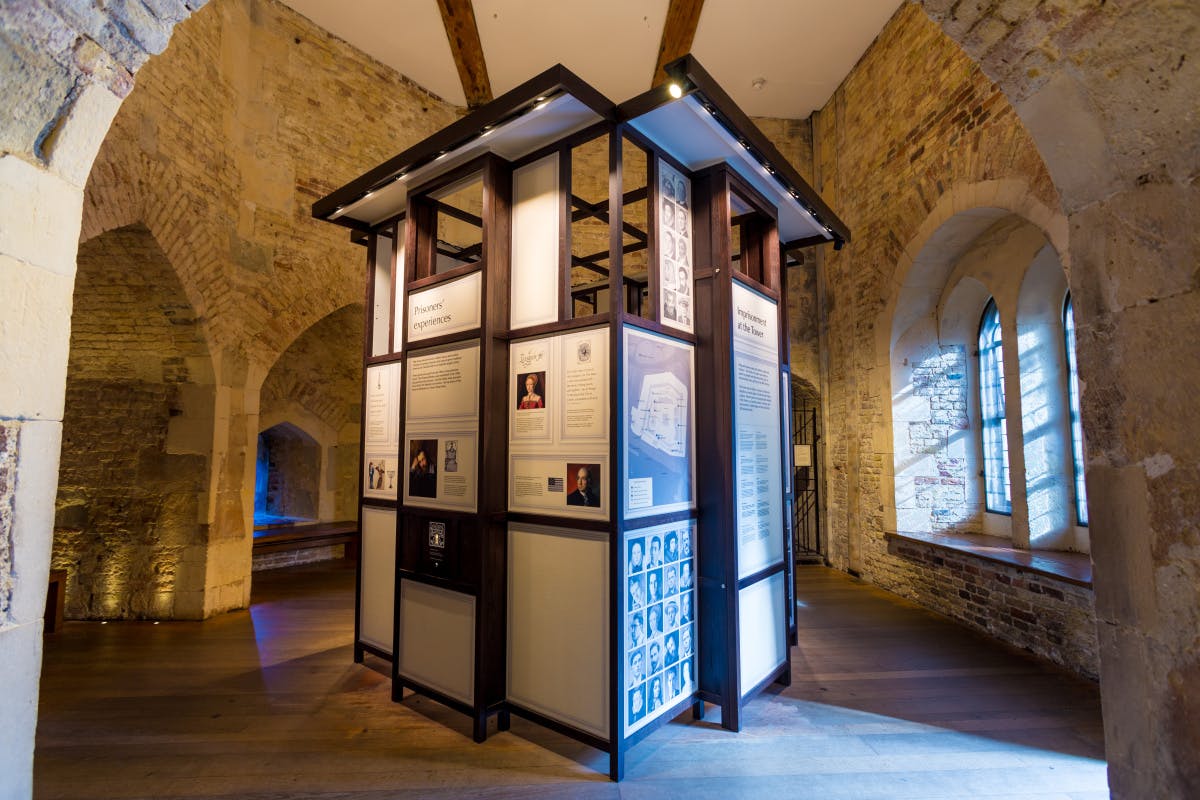

The stories behind some of the Beauchamp Tower graffiti
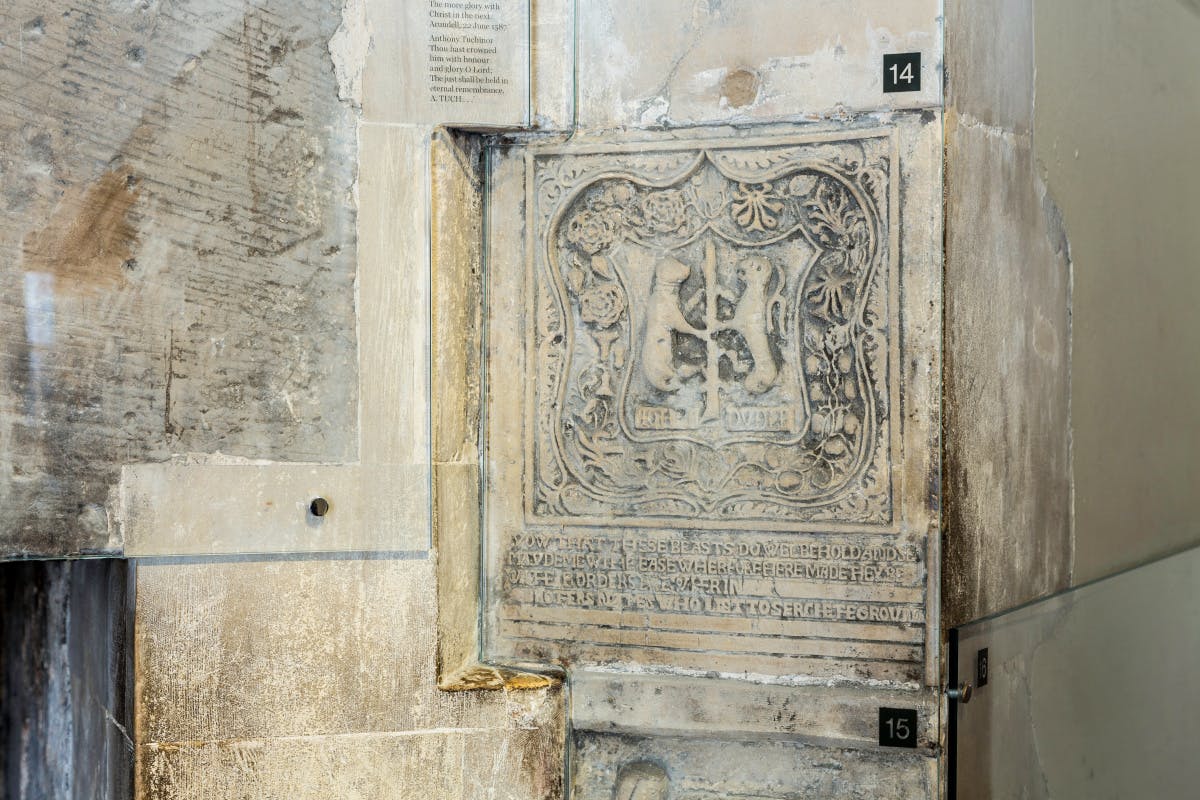
Robert Dudley (later Earl of Leicester)
A young Robert Dudley, childhood friend of the Princess Elizabeth (later Elizabeth I), was imprisoned in the Tower of London in the aftermath of his father's plot to put Lady Jane Grey on the throne.
Dudley was probably placed in the Beauchamp Tower, alongside his three brothers. Visitors to the upper chamber can see an intricate carving depicting a plant for each man – roses for Ambrose, carnations (known as gillyflowers) for Guildford, oak leaves (robur in Latin) for Robert and honeysuckle for Henry.
Another, much simpler, inscription reading 'Iane' (an older spelling of 'Jane') also survives nearby.
Thomas Abel
Thomas Abel was Chaplain to Katherine of Aragon, first wife of Henry VIII. Henry imprisoned Abel in the Beauchamp Tower after he published a treatise stating that it was unlawful for the King to divorce Queen Katherine.
Graffiti depicting the name 'Thomas' above a bell with an 'A' on the side still survives in the upper chamber of the Beauchamp Tower.

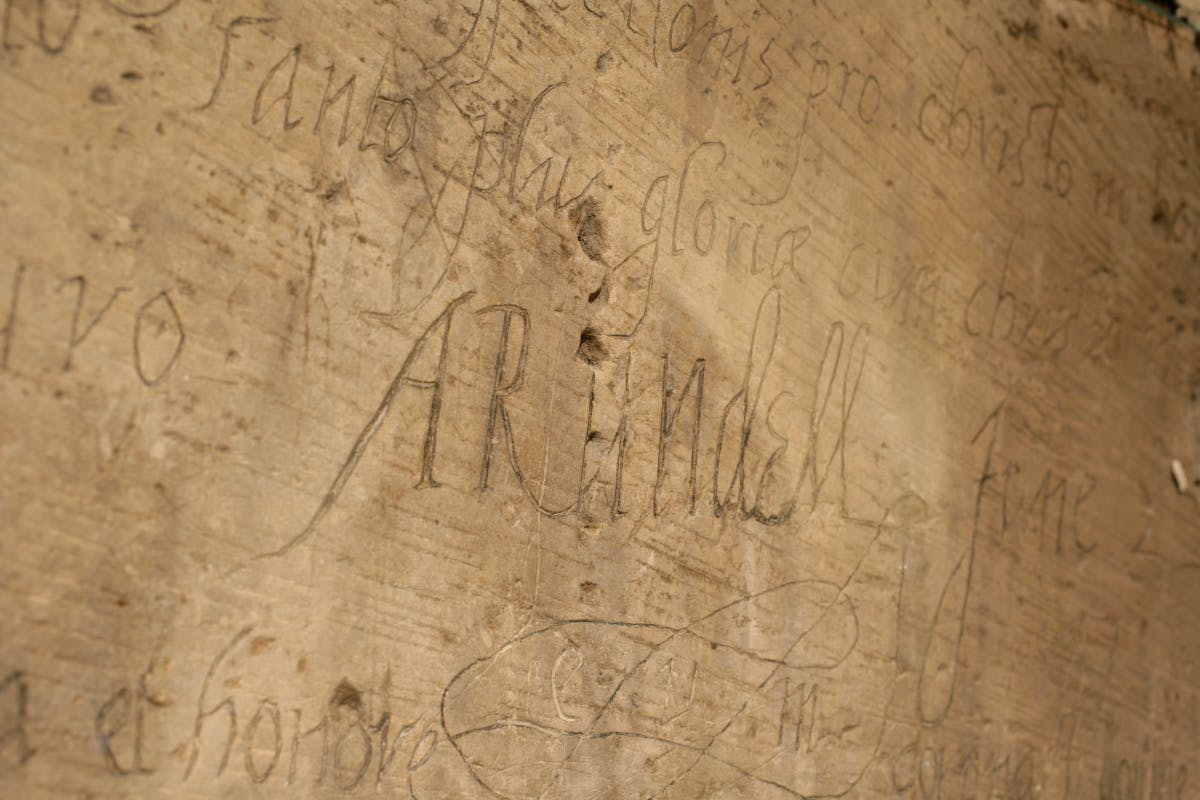
Philip Howard, Earl of Arundel
Elizabeth I imprisoned Philip Howard, Earl of Arundel, in the Beauchamp Tower for 10 years. As the leading Catholic peer in the country, he was seen as a threat to national security and was sentenced to death in 1589.
Arundel's name is carved into the wall of the Upper Beauchamp Tower, along with the words, 'The more affliction we endure for Christ in this world, the more glory we shall get with Christ in the world to come.'
He lived out the next six years under the daily expectation of execution, but eventually died of an infection in 1595.
Hear more stories of imprisonment at the Tower
Learn more about why individual prisoners sought to make their mark in Imprisonment at the Tower - included in your Tower admission ticket.
Explore What's on

- Things to see
Torture at the Tower exhibition
Discover stories of the unfortunate prisoners who were tortured within the walls of the Tower of London.
- Open
- Tower of London
- Included in palace admission (Members go free)

- Things to see
Tower Green and Scaffold site
Walk in the footsteps of those condemned to execution at the Tower of London on Tower Green and the Scaffold Site.
- Open
- Tower of London
- Included in palace admission (Members go free)

- Things to see
- Tours and talks
Yeoman Warder tours
Tour the Tower of London with a famous Yeoman Warder during your visit. Be entertained by tales of intrigue, imprisonment, execution, torture and much more...
-
Daily
- Tours begin every 45 minutes
- Tower of London
- Included in palace admission (Members go free)
Browse more History and stories

Guy Fawkes and the Gunpowder Plot
Who was the real Guy Fawkes, the man behind the mask?
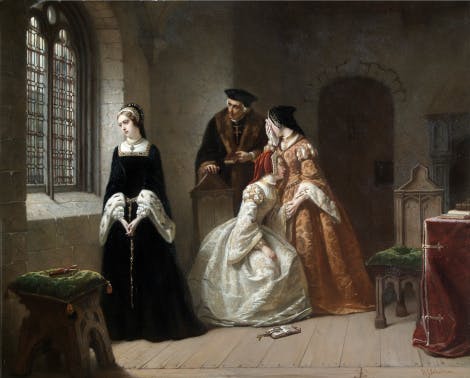
The Tower of London as a prison
The Tower is known as an infamous prison, but it wasn't built to be one
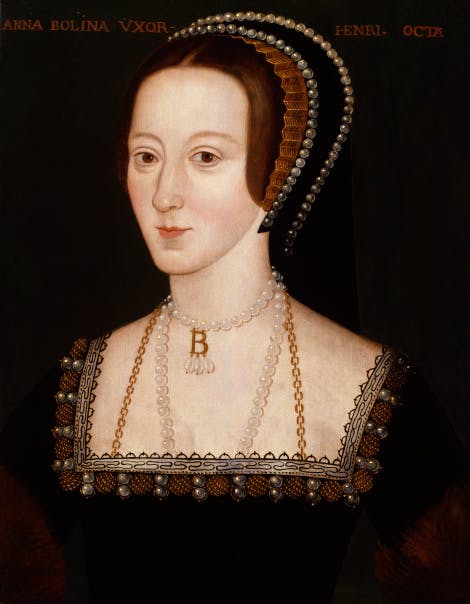
Anne Boleyn
How did Anne Boleyn become queen and why did Henry VIII execute her?
Shop online

Shop Tower of London
Shop our unique collection of gifts and souvenirs inspired by the almost 1000 years of history at the Tower of London.
From £2.50

Shop Medieval
Step back in time with our medieval inspiration collection, full of fascinating ornaments and homewares for your collection.
From £3.50

Shop Ravens
It is said that if the six ravens were ever to leave the Tower of London then the Tower and the kingdom will fall. Naturally, to preserve the kingdom six ravens are kept to live and protect the Tower of London.
From £2.50
